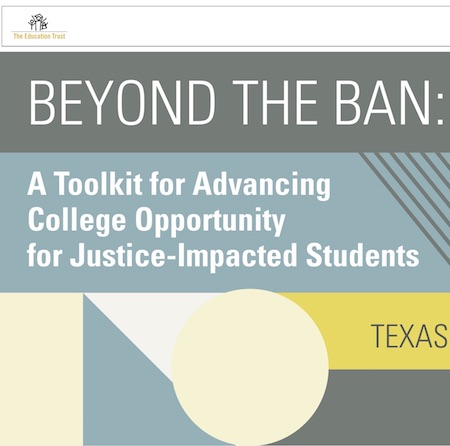Is There a Gender Gap in Opportunities for Higher Education in Prison?
Posted on Jun 15, 2022 | Comments 0
 New research from The Education Trust finds a vast gender disparity in the opportunity for prison inmates in some states to pursue higher education.
New research from The Education Trust finds a vast gender disparity in the opportunity for prison inmates in some states to pursue higher education.
The United States has the world’s largest prison system. While the U.S. constitutes only 5 percent of the global population, it has more than 20 percent of the world’s prison population — with nearly 2.3 million people in jails, prisons, and detention centers. In the 1994 Crime Bill, Congress removed Pell Grant eligibility for incarcerated people, and the number of higher education in prison programs dropped from 800 to only 12 by the year 2005. Congress has now reinstituted Pell grant eligibility for prison inmates. As a result, in the 2022-2023 academic year more than 400,000 incarcerated individuals will become eligible for Pell Grants.
The Education Trust, in partnership with local higher education and justice advocates, analyzed state support for currently and formerly incarcerated students in eight states — California, Illinois, Louisiana, New York, Michigan, Ohio, Tennessee, and Texas. Reports on the situation in each state are available here.
Researchers found that in some cases the educational opportunities for women inmates do not match those available to men. For example, men in Texas persons have access to more than triple the number of higher education degrees that women do. Incarcerated men can also pursue master’s degrees, while women can only obtain a bachelor’s degree.
Filed Under: Research/Study








